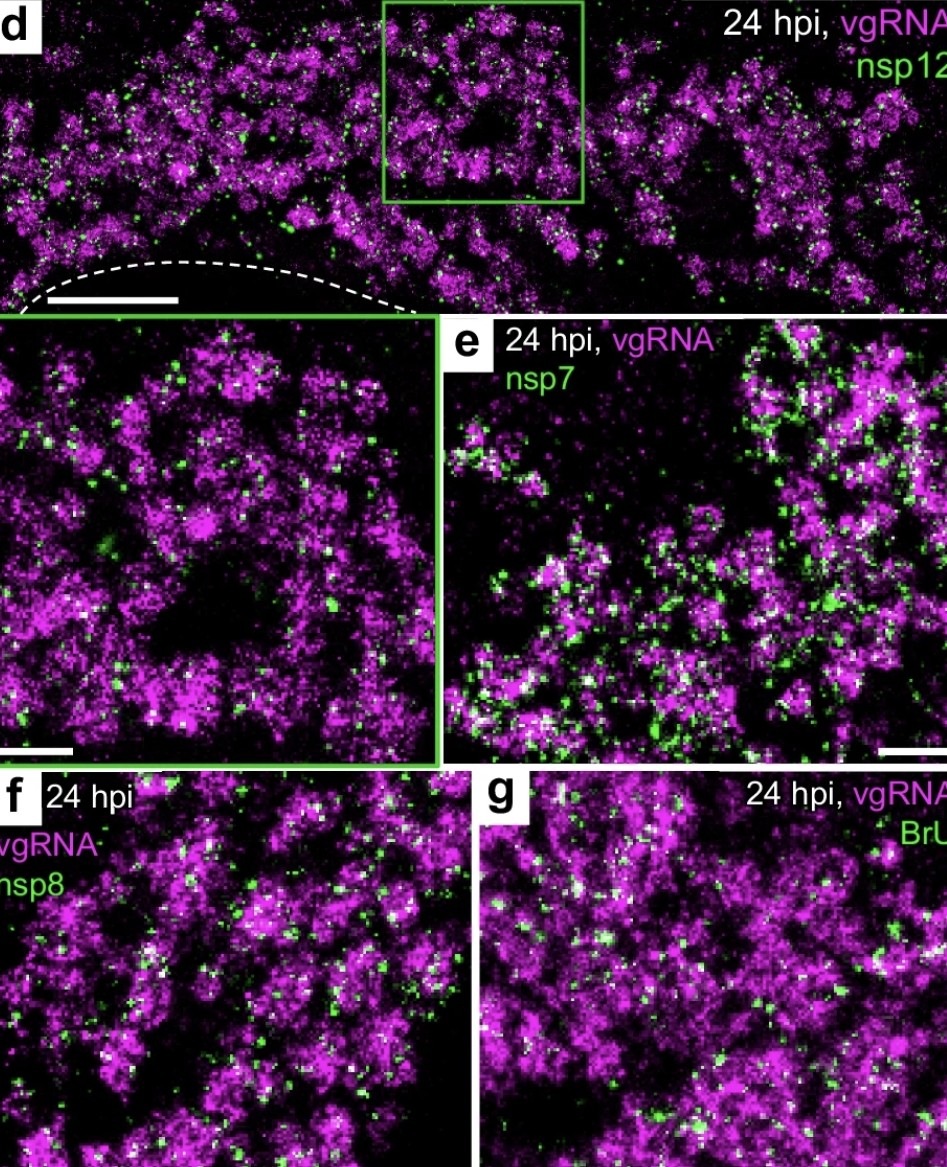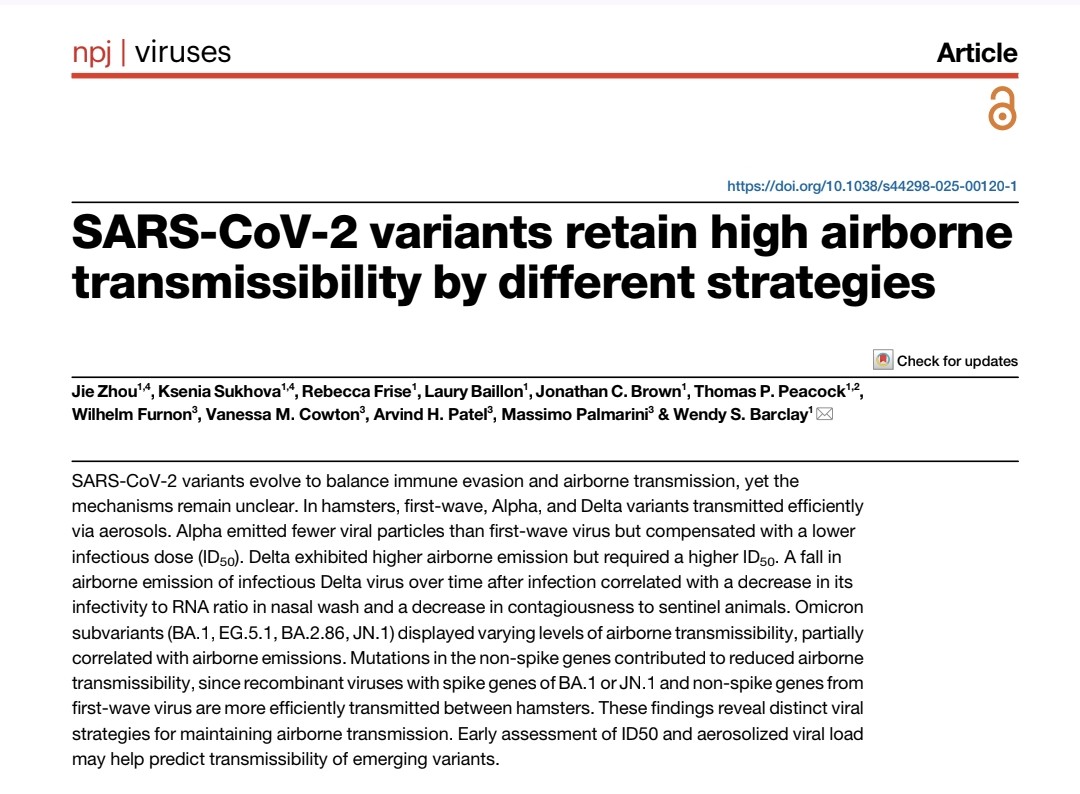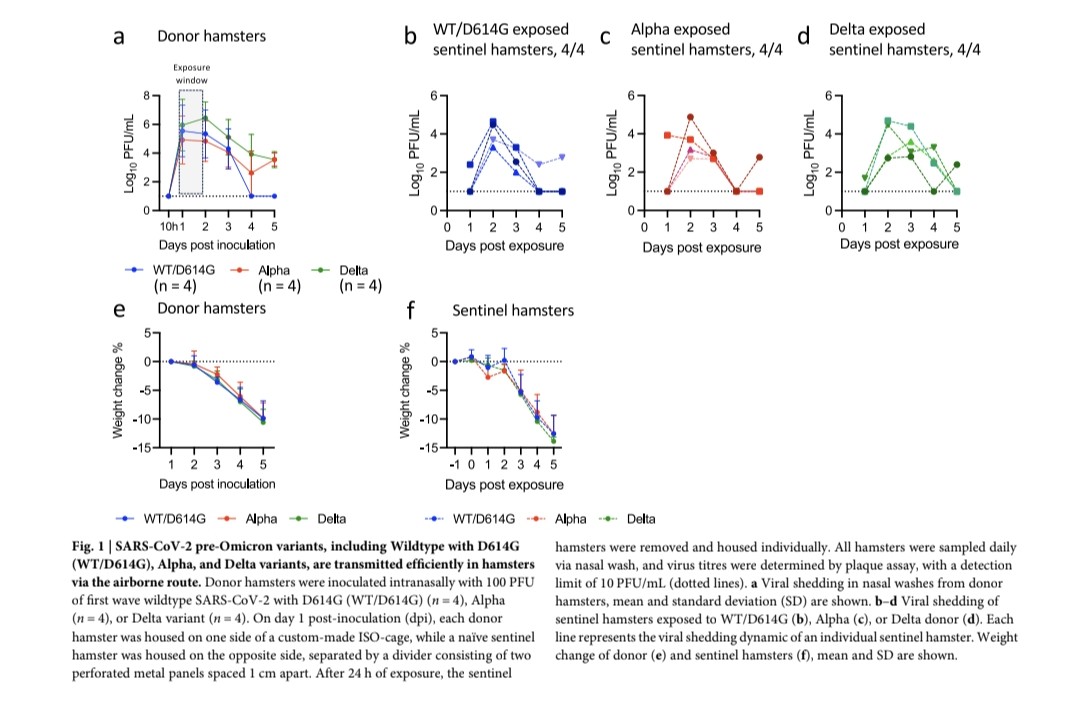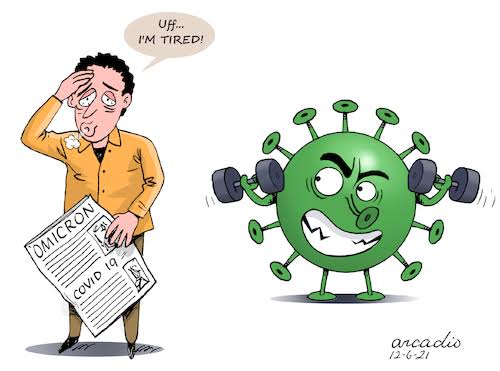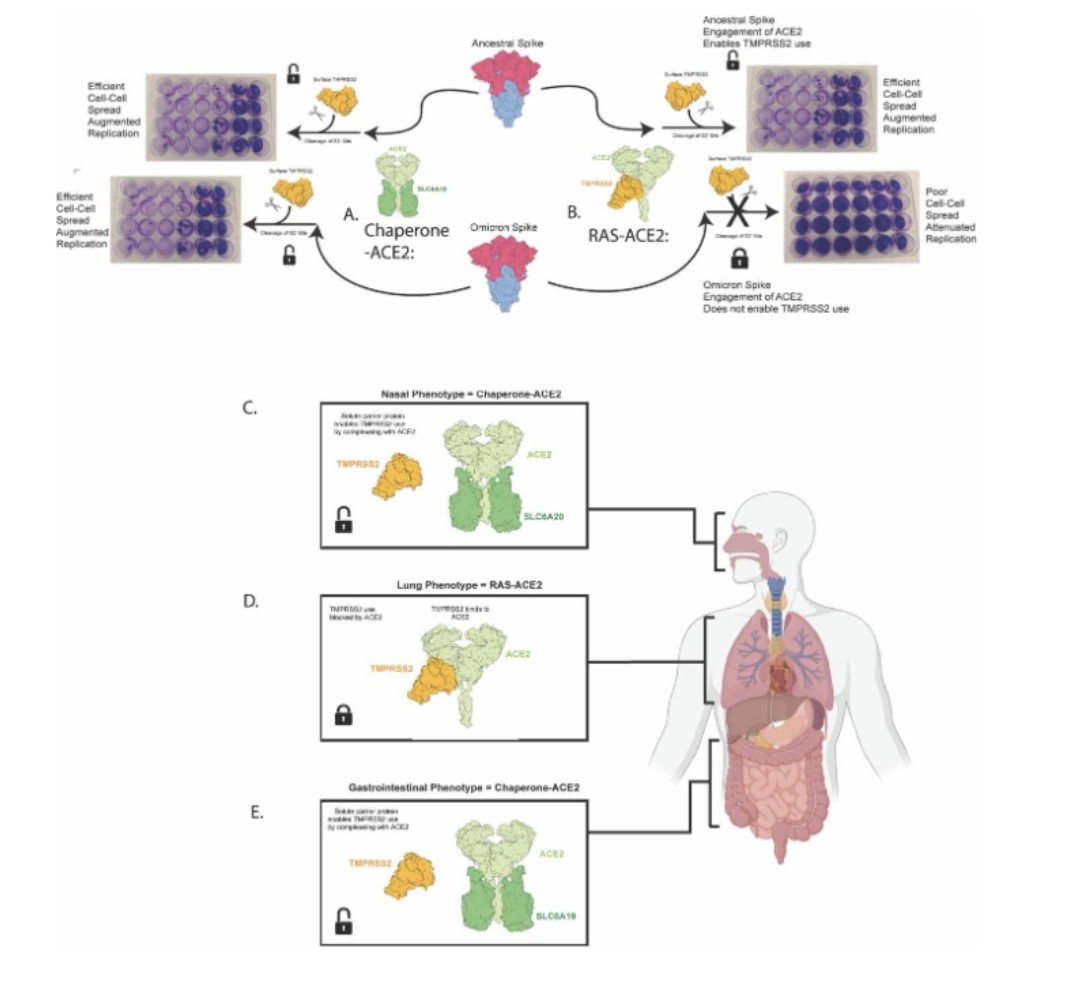😡 LONG COVID : 43% (NOT 10%) of those infected with SARS-CoV-2 develop LONG COVID SYMPTOMS on a period between 90 to 120 days ! 😡
(Meta-analysis 41 STUDIES)
WHY SUCH DIFFERENCES IN THE FIGURES?
(Meta-analysis 41 STUDIES)
WHY SUCH DIFFERENCES IN THE FIGURES?

2) There are 3 main reasons that can explain the differences in the figures provided.
A. THE BASELINE is NEVER the SAME !
Sometimes the study is carried out on those hospitalized, or asymptomatic, or children, or on questionnaires where only a small % of people answered ...
A. THE BASELINE is NEVER the SAME !
Sometimes the study is carried out on those hospitalized, or asymptomatic, or children, or on questionnaires where only a small % of people answered ...

3) B. THE REFERENCE PERIOD IS NEVER THE SAME !
In some studies the period is 2 months, or 6 months, or 1 year and more, and sometimes they mixed several periods.
Yet precise criteria exist and were recently proposed by a group of 200 scientists.
pubmed.ncbi.nlm.nih.gov/34951953/
In some studies the period is 2 months, or 6 months, or 1 year and more, and sometimes they mixed several periods.
Yet precise criteria exist and were recently proposed by a group of 200 scientists.
pubmed.ncbi.nlm.nih.gov/34951953/

4) C. THE SYMPTOMS STUDIED ARE NEVER THE SAME !
Depending on the studies, some are studying, one or more symptoms, or deciding on a minimum number of symptoms for LONG COVID.
We have everything, from neurological and cardiac symptoms, to studies combining up to 50 symptoms !
Depending on the studies, some are studying, one or more symptoms, or deciding on a minimum number of symptoms for LONG COVID.
We have everything, from neurological and cardiac symptoms, to studies combining up to 50 symptoms !

5) In the jungle of studies (I have read 30 studies, line by line) there is, in my opinion only one, which is a meta-analysis of 41 studies, which offers reliable values, with criteria for inclusion or exclusion that make sense. 

8) Forest plot for post-coronavirus disease 2019 condition prevalence by hospitalization status, region, follow-up time, and sex, as well as symptom-specific prevalence. 

9) Thank you for helping us fight, those who want you to believe, that the LONG COVID does not exist.
FYI
@LauraMiers @elisaperego78 @WesElyMD @TRyanGregory @1goodtern @MeetJess @white_bite @HarrySpoelstra @xabitron1 @mrmickme
FYI
@LauraMiers @elisaperego78 @WesElyMD @TRyanGregory @1goodtern @MeetJess @white_bite @HarrySpoelstra @xabitron1 @mrmickme

• • •
Missing some Tweet in this thread? You can try to
force a refresh













